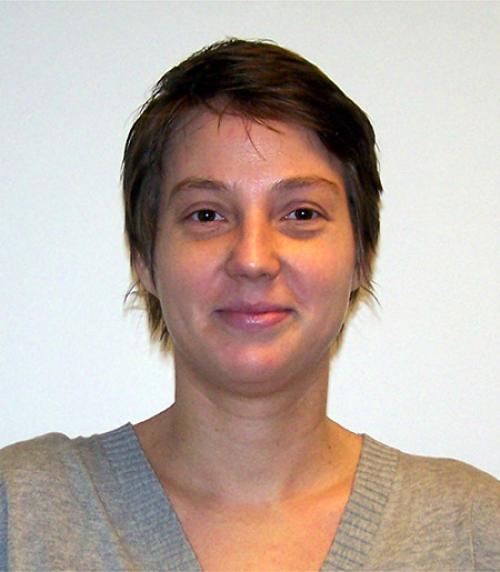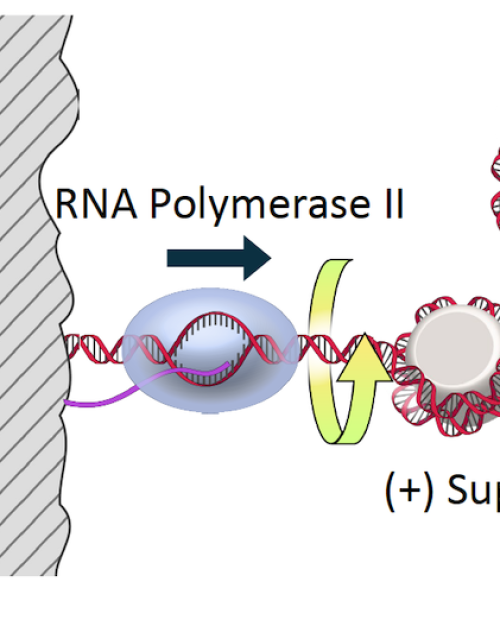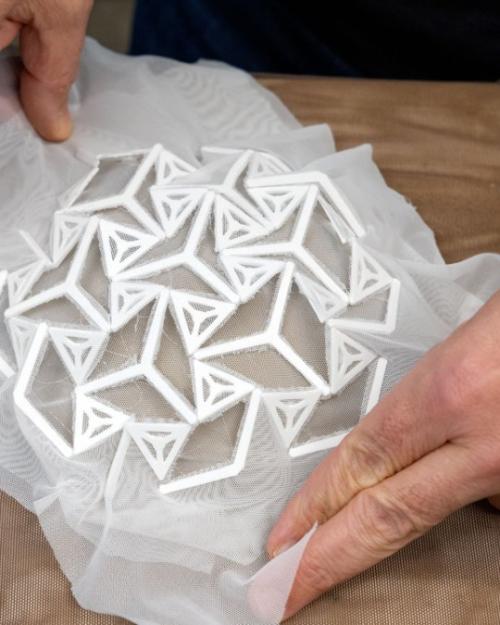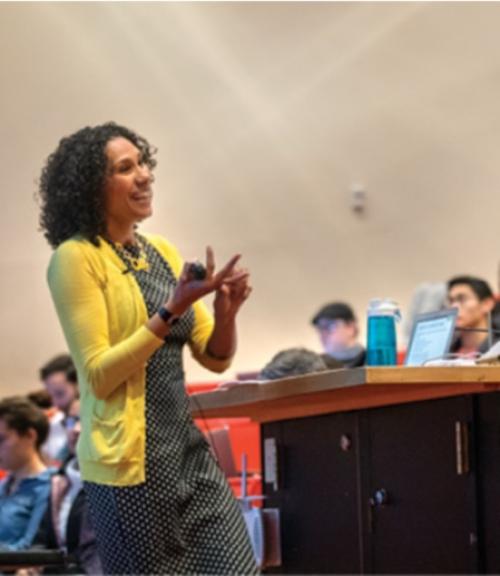Cornell President Martha Pollack talks about the expansion of the Active Learning Initiative (ALI) in this column for Cornell Alumni Magazine.
"The idea began six years ago, when the College of Arts & Sciences, in partnership with our Center for Teaching Innovation and with support from the Hansons (Alex Hanson ’87 and his wife, Laura Finlay Hanson ’87), awarded grants to the Department of Physics and a consortium of biology departments to turn traditional lecture-based classroom education on its head," she writes.
"So far, ALI has worked with more than 70 faculty in nine departments on more than 30 courses that affect thousands of students each year," she writes. "Its power is being demonstrated not only in STEM fields, but also in the social sciences and the humanities. There are no other models for pedagogical change that have been shown to work on this scale."
Read the entire story in Cornell Alumni Magazine's September/October 2018 issue.




